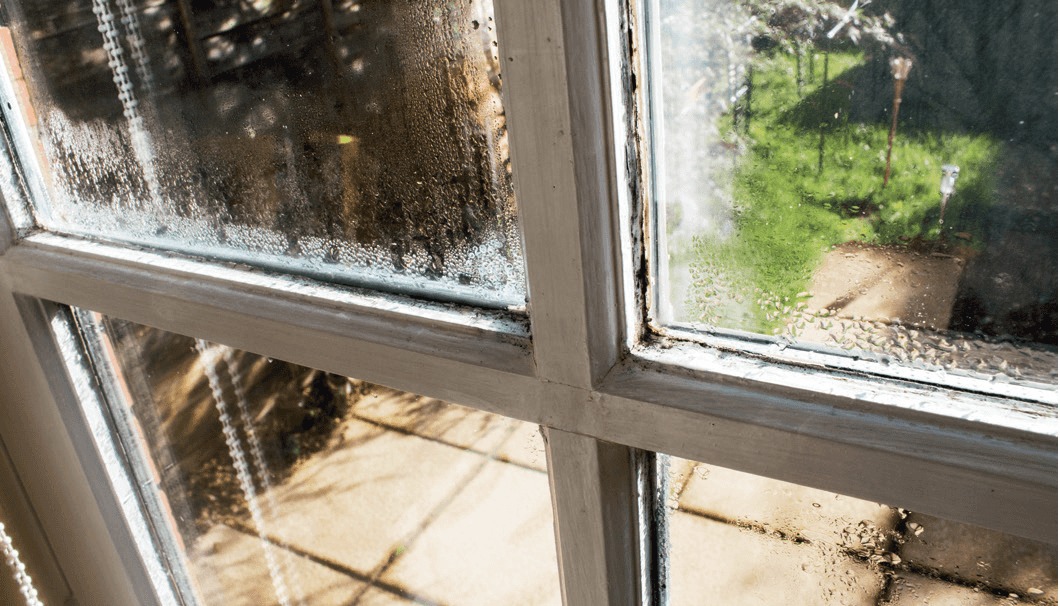
Few Rentals Meet Healthy Homes Standards
Landlords are failing the Healthy Homes standards in droves.
1 August 2021
A number of different HomeFit assessors have told the NZ Green Building Council that more than 90% of homes fail the formal Healthy Homes standards (HHS) check.
From the 17,591 total online checks of rental homes the council found:
• almost half (45%) had visible mould
• a third (36%) had no kitchen extractor fan
• a third (33%) had no bathroom extractor fan
• 43% had living spaces and bedrooms without good curtains and/or double glazing
• 42% said their rental had draughts
• almost a quarter (23%) had no heat source in the main living area.
Green Building Council chief executive Andrew Eagles says landlords need to get on and make their rentals healthier.
“All too often, they are cold, draughty and expensive to heat.”
Helpful Tools
To help landlords the council has developed HomeFit, a no-nonsense, straightforward way to check if a home is warm, safe and dry. It works in two easy ways. There is a simple online check, designed especially for people looking at homes to buy or rent. As people look around a house for rent they can answer some easy questions with a few clicks on a tablet or phone and they can see immediately if it’s a warm, dry, healthy place to live – and what the landlord can do to fix it if it isn’t.
There is also the full, independent, HomeFit assessment and certification. By passing this quick verification, a home will get a HomeFit stamp, so a landlord can be sure it’s fit for renting.
The New Zealand Property Investors Federation (NZPIF) also has an assessment tool to meet HHS. It is similar to the Tenancy Services tool and the federation says it costs landlords about $200 for each assessment, but to meet the HHS costs on average about $8,000 per house.
Building Code Of Inconsistencies
However, NZPIF executive officer Sharon Cullwick says the biggest obstacle apart from the cost, inconvenience to tenants and the time it takes, is the Building Code which is not on equal terms with the HHS.
The Government urgently needs to change the Building Code.
“Even new homes are failing the HHS because builders don’t have to meet the HHS, just the Building Code which is not up to the same level.
“Investors are buying new homes and then having to renovate them to meet the HHS, particularly around heating
The Government’s Housing and Urban Development arm is responsible for the Building Code and Cullwick says she regularly brings this to its attention, but has been told it is a big task and will take a long time.
“It didn’t take the department that long to devise the HHS and then make it law. If work on changing the Building Code was started now, it would be a step in the right direction,” she says. “It is possible to get the code changed but who knows when.”
New Tenancies
Landlords, who have not upgraded their properties have 90 days from signing on tenants for a new or renewed tenancy to meet HHS.
Not only must landlords bring their properties up to HHS, they must also keep records, including a copy of the assessment using the heating tool and the measurements used to determine the required heating capacity. All work done on the property, including photos of compliance, must be documented and records retained. Also required are any manuals or schedules for installed devices meeting HHS.
These documents must be available within 10 days for the Tenancy Tribunal or the Tenancy Compliance and Investigations team should the landlord be investigated.


